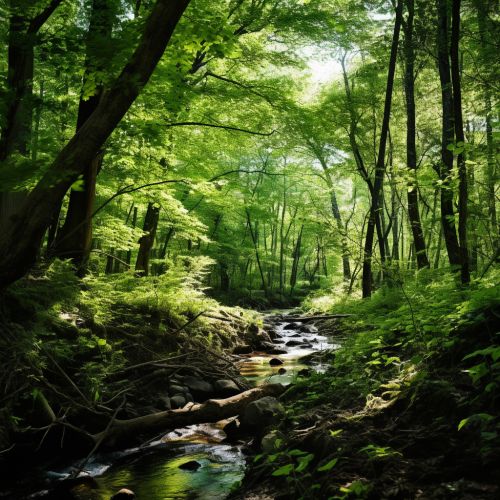Trophic cascade
Introduction
A trophic cascade is an ecological phenomenon that occurs in food webs, which are complex networks of trophic levels or feeding relationships among different species. Trophic cascades are powerful indirect interactions that can control entire ecosystems, occurring when a top predator (a predator at the top of a food chain) suppresses the abundance or alters the behavior of their prey, thereby releasing the next lower trophic level from predation (or herbivory if the intermediate trophic level is a herbivore).


Understanding Trophic Cascades
Trophic cascades are initiated by the predator at the top of the food chain, often resulting in dramatic changes in the structure and function of the ecosystem. The concept of the trophic cascade is a central theme in ecological understanding and is a fundamental aspect of ecology, conservation biology, and ecosystem management.
Types of Trophic Cascades
Trophic cascades can be categorized into two main types: top-down and bottom-up. In a top-down cascade, the top predator controls the structure of the trophic levels below it. In contrast, a bottom-up cascade occurs when the primary producers (plants or phytoplankton) control the abundance and productivity of the trophic levels above.
Examples of Trophic Cascades
One of the most famous examples of a trophic cascade involves the reintroduction of wolves into Yellowstone National Park in the United States. This event led to a decrease in elk populations, which in turn led to an increase in the growth of young trees and shrubs. This is an example of a top-down trophic cascade.
Implications of Trophic Cascades
The study of trophic cascades has significant implications for conservation and ecosystem management. Understanding these cascades can help scientists predict the consequences of changes in predator populations, and can guide efforts to restore damaged ecosystems.
